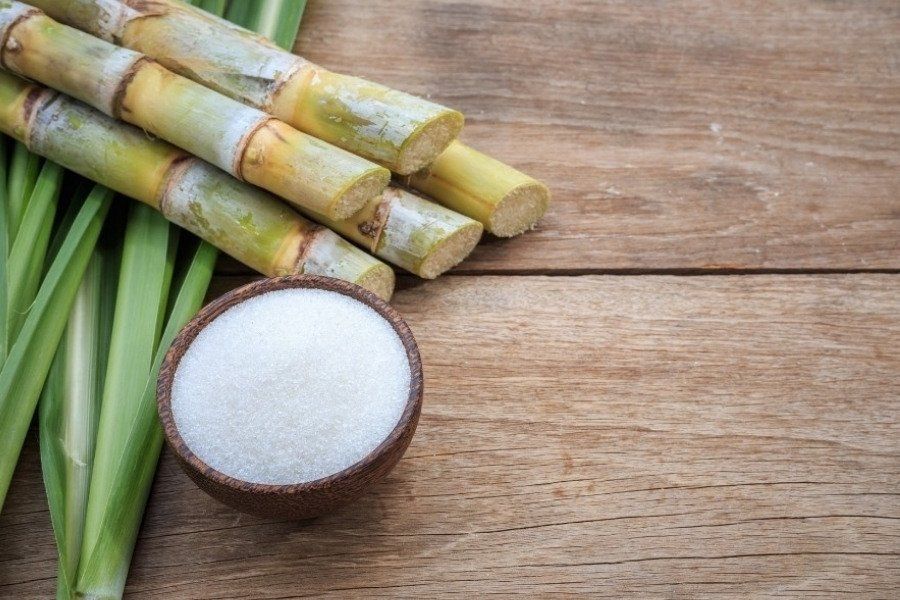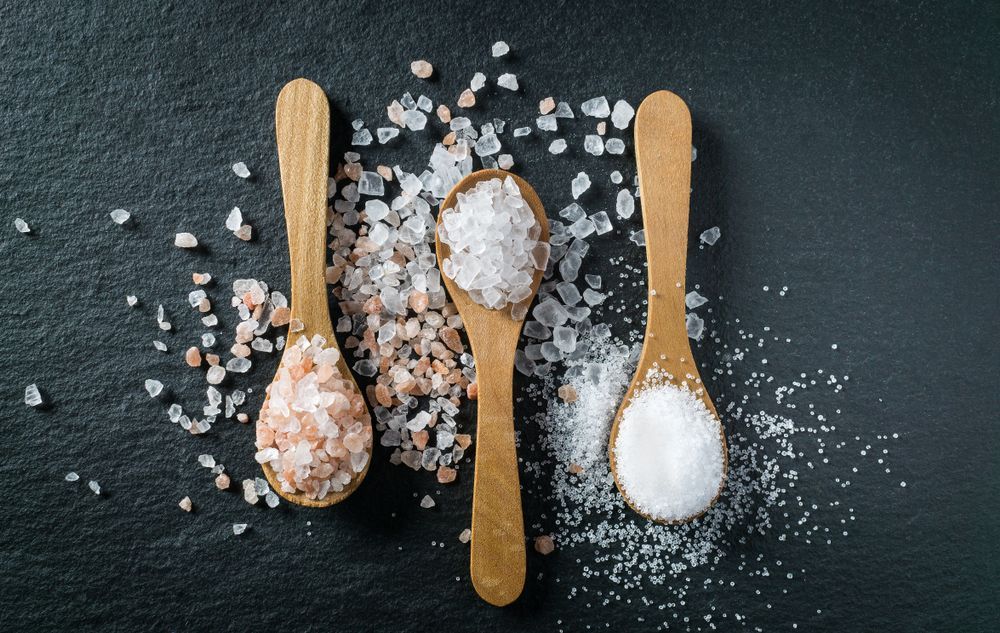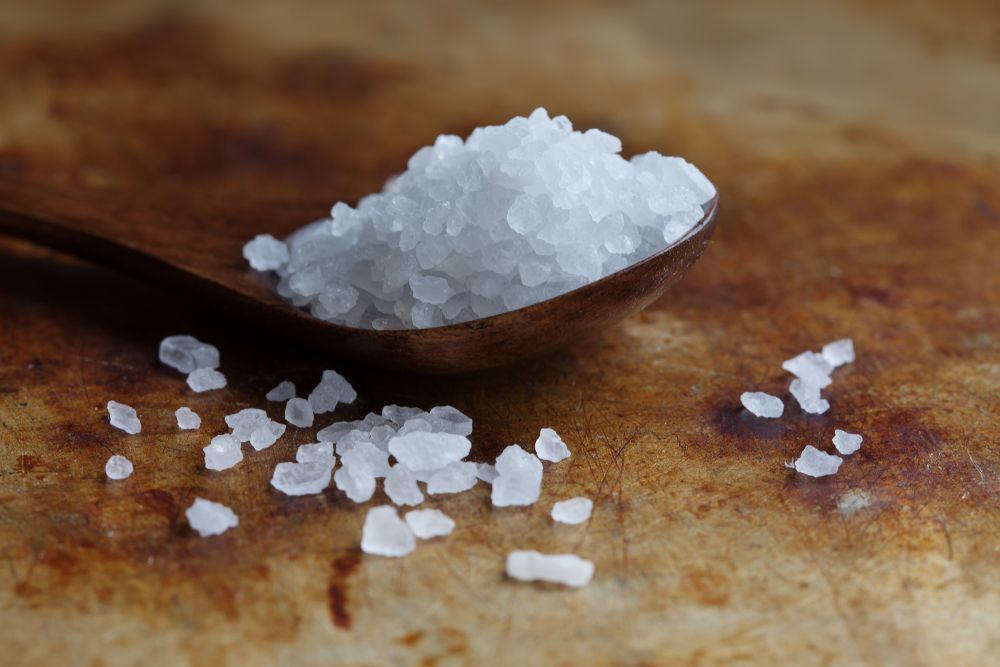How Do We Obtain Sugar from Plants?

Bakers who are passionate about producing the highest-quality goods available on the market begin with the right ingredients. After all, a delicious product requires excellent building blocks.
Consider an expensive home. A potential buyer expects new appliances and nice floors; cheap laminate or outdated appliances would feel out-of-place.
At Indiana Sugars, we know our customers are passionate about creating the highest-quality goods. As a result, we are passionate about providing every customer with the best bulk sweetener products on the market. Therefore, transparency defines us.
In the content below, we offer insight into the process of obtaining white sugar, from sugar cane and sugar beets. Read along to learn more about the creation of the sugar we sell!
How is White Sugar Obtained from the Sugar Cane Plant?
To fully comprehend the extraction process, it is important to learn a bit about the sugar cane plant itself.
Here are a few quick facts:
• Sugar cane contains 10-15% sucrose.
• It is almost entirely juice (90%), containing sucrose, fructose, and dextrose.
• Sugar cane is grown across the globe.
• Sugar from sugar cane accounts for nearly 50% of U.S. sugar.
The journey of sugar from field to bakery is one of refinement. The process typically follows seven steps outlined below.
#1. The Sugar Cane Is Harvested.
According to The Sugar Association, “farmers will harvest crops from one planting for 3-5 years.” To harvest sugar cane, harvesters walk through the grown rows and chop the cane, leaving a few inches above the field to allow the plants to sprout again the following year.
#2. The Sugar Cane Is Ground to Extract the Juice.
After harvesting, the sugar cane juice must be extracted from the plant. After the harvest is washed, the cane is shredded and crushed, squeezing the sugary juice from the plant.
#3. The Sugar Cane Juice Is Boiled.
Once the juice is extracted, it must be boiled. This process thickens and crystallizes the juice.
#4. The Juice Crystals Are Spun.
After the sugar cane juice is transformed into crystals, the crystals are spun in a centrifuge to remove all access liquid and produce raw sugar. As a result, the raw sugar is a golden-brown color, a few steps away smooth white crystals.
#5. Off to the Refinery!
At this point, the raw sugar is sent to a refinery where it is washed and filtered. During refinement, impurities such as molasses are removed.
#6. The Sugar Is Crystallized and Dried.
At the refinery, the raw sugar was melted, allowing for easy filtration. Now, it must be crystallized and dried again. At this point, the sugar looks familiar: smooth, white, and granular, ready to be added to some delicious baked goods.
#7. Into the Hands of Distributors.
The sugar must be packaged and shipped to proper locations, such as food manufacturers or grocery stores.
How is White Sugar Obtained from the Sugar Beet Plant?
Like sugar cane, it is important to learn a bit about the beet plant while studying the extraction process.
Here are a few quick facts:
• Sugar was not originally obtained from sugar beets; experimentation first occurred in 1747.
• Sugar beets contain 12-18% sucrose.
• Sugar beets are about 75% water.
• Final sugar beet products are consumed in multiple ways, including sliced into salads.
• The sugar from sugar beets accounts for the remaining 50% of U.S. sugar.
The journey of the sugar beet from farm to table resembles its sugar cane counterpart. However, a few distinctions set sugar beet processing apart. Let’s dive in!
#1. The Sugar Beets Are Harvested.
Beets are harvested much like potatoes: they must be dug out of the ground. Sugar beet crops are a bit more demanding than sugar cane.
For example, beet crops require about 4 times the amount of land, because they must be rotated. Additionally, because beets come from the ground, they must be meticulously washed before processing.
#2. The Sugar Beet Juice Is Extracted.
The washed sugar beets are now sliced into thin pieces and soaked in hot water to extract the sugary juice through a process called diffusion. Over time, the juice is diffused from the sugar beets into the water. Once the sugar beets diffuse, the sugar beet slices are then pressed to remove excess water and sugar.
#3. The Sugar-Laden Juice Is Purified and Concentrated.
During the diffusion process, other substances from the flesh of the sugar beet make their way into the sugary juice. These substances are then filtered out, leaving behind its pure sugary juice. Excess water is then removed to create a concentrated substance, aiding in the crystallization process.
#4. The Sugary Juice Is Crystalized and Dried.
Finally, the sugar beet juice is boiled and crystallized. Once the sugar crystals are completely dry, they will look familiar: white, smooth, and granular. The sugar is ready for distribution!
#5. Into the Hands of Distributors.
Once the sugar is packaged, it is sent to the proper locations.
Indiana Sugars: High-Quality Bulk Sugar
Still have questions? We get it! Ensuring you select the best product is not always an easy process. We are here to help. To browse our bulk sugar products, check out our inventory.
We want to be here for you! To speak with one of our team members, give us a call at 630-739-9151 or fill out our online contact form. You will always speak with a live agent and not a tele-message. We look forward to learning more about how Indiana Sugars can serve your business.










